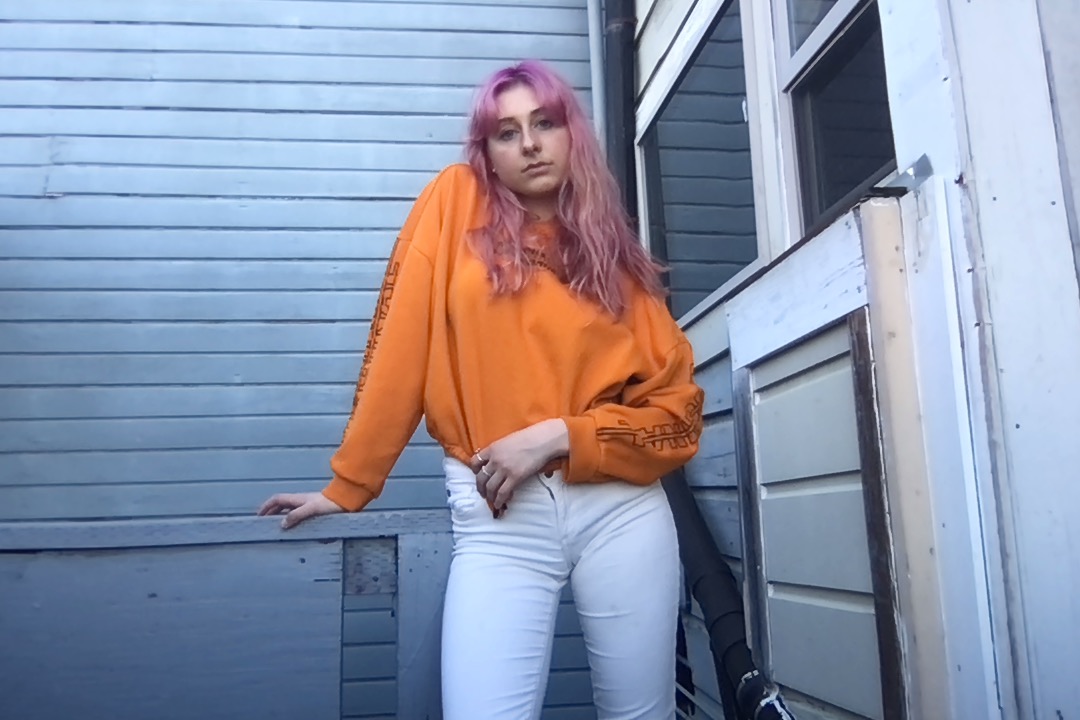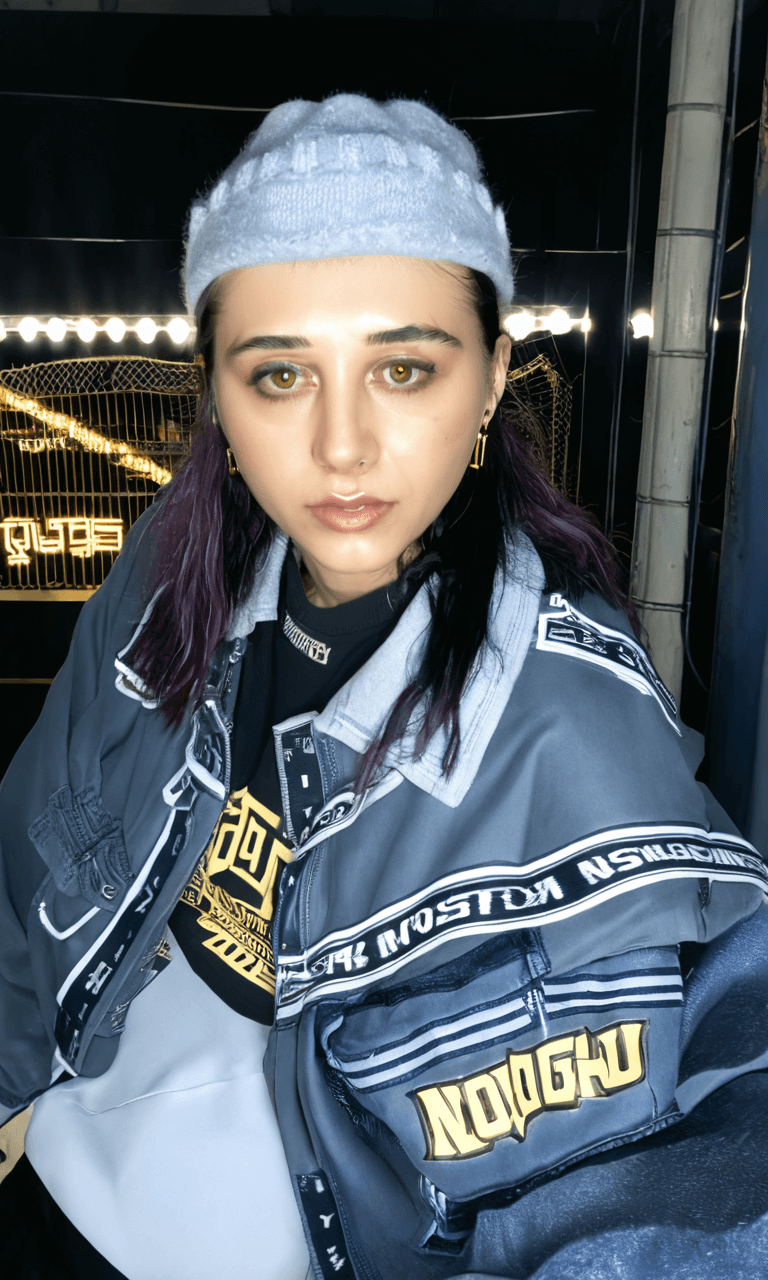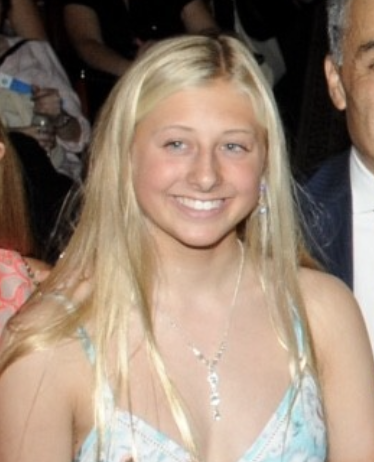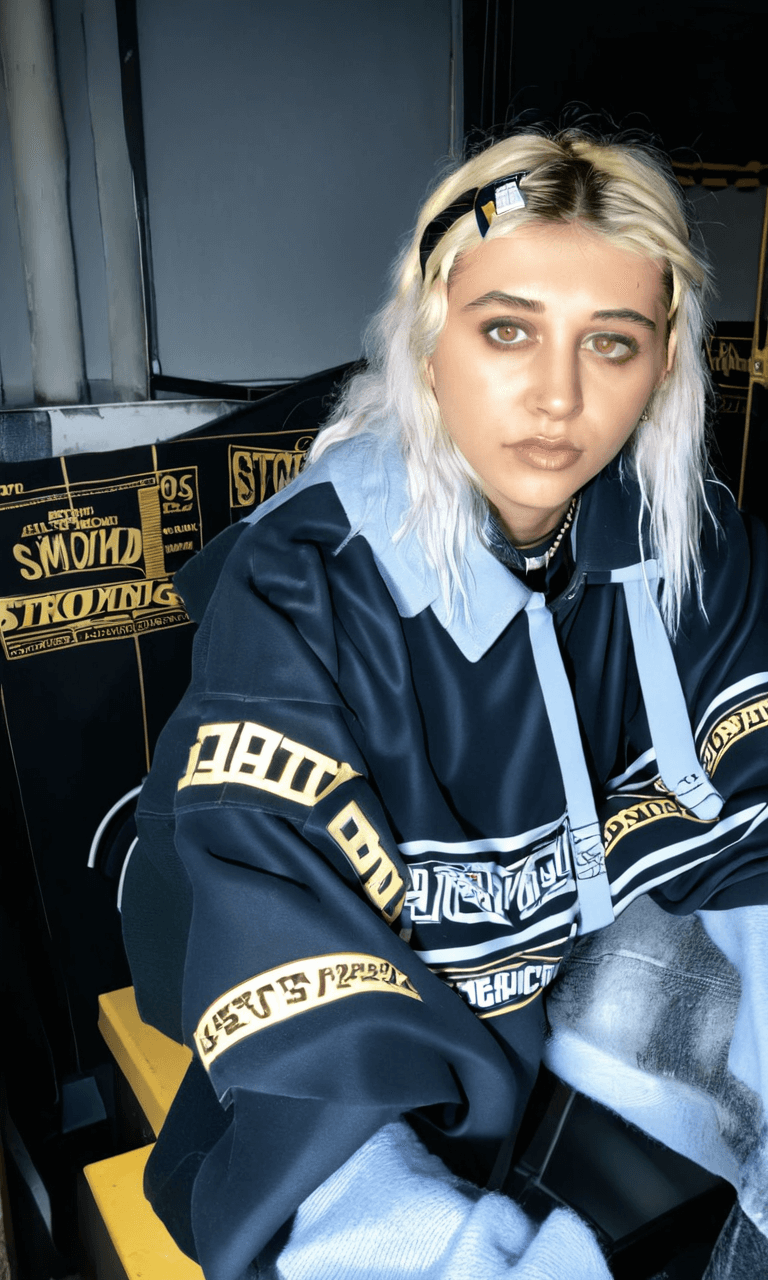
Emma-Jane MacKinnon-Lee
news
shop
feature
interviews
feed
links
DAILY IMAGE
HEY MR DJ!
ممكن معاك حقّ
¡En marcha!
Cryptographic Thresholds
Imagine you’ve read one too many Alice and Bob scenarios keeping up with all the latest LLM papers. This time, Alice is a visionary, building a decentralized social media platform. Alice could be you. She’s concerned about dwindling recognition for human accomplishment in an era of large language models, and wants to make sure that creators are recognized and rewarded for their work.
Now Bob, on the other hand, is a creator… a would be end user of Alice’s platform. He shares Alice’s sneaking stress about human creativity being displaced, humanity being replaced, and is skeptical a place exists where creative work is honestly valued and personal autonomy respected.
Autonomy over automation. Alice and Bob. Me and you. We’re all looking for threshold crossing moments that are interactive, programmatic, exist within a variety of channels, from mobile apps to websites and physical displays, and are made up of their own rules, characters and environments. It’s an all too rare approach, still, to how we handle the wide variety of screens we use to connect, trade, and coordinate with each other through increasingly autonomous worlds.
In these worlds, unique, irrevocable and valuable personal assets can be earned through the completion of a series of challenging tasks and puzzle-like actions. Assets can have cultural value, they can be machines made of metal or software that produce new goods, carry and build status-value, and/or be almost entirely traditional in their extrinsic and intrinsic relevance. If traditional includes being entirely networked and verifiably autonomous. Here, specific types of cryptographic mechanisms are essential, too — both for validating which challengers of tasks, social media market activity, and other autonomous actions are authenticated to unlock access to conditional experiences or rewards, and for storing more dynamic and persistent decentralized records of personal accomplishment and social proof.
With that perspective in mind, this Spring ’23 Ecosystem Update is all about crossing thresholds, cryptographic and otherwise.
Fashion in particular, as the most directly commercial and all encompassing creative medium, has always reached markets through social content. Influenced by cultural trends, political movements, and advancing tech. Long before the internet, media has always been crucial to propagating fashion trends, reshaping public perception and driving demand for whatever is in style at the moment. From print to film, inspirational looks and influencer marketing, to storytelling and editorial coverage showcasing the next original must haves. We take a deeper look at how social media changes creative markets when more fully decentralized.
Entering an era of media hyper-saturation, where creation, authentication, and access to your message is the market, the question we’re all asking is: what sets you (and what you make) apart from all the confusion and noise?
It’s long past time for us all to rethink the fashion industry, peeling back the tech, manufacturing, business, media, and creative layers that hold it together. By developing and sharing advanced open-source tools, we cross a threshold into something entirely new. In this era, defined by artificial intelligence, many multiplying screens everywhere, and machine-led manufacturing, it’s becoming unavoidable to recognize just how important it is for each of us to have control over our tech, financial freedom, and creative expression.
It’s not just about keeping up with the pace of change or staying ahead of the curve anymore. It’s about reshaping the curve entirely, threading our own path through the fabric of the future.
Now Bob, on the other hand, is a creator… a would be end user of Alice’s platform. He shares Alice’s sneaking stress about human creativity being displaced, humanity being replaced, and is skeptical a place exists where creative work is honestly valued and personal autonomy respected.
Autonomy over automation. Alice and Bob. Me and you. We’re all looking for threshold crossing moments that are interactive, programmatic, exist within a variety of channels, from mobile apps to websites and physical displays, and are made up of their own rules, characters and environments. It’s an all too rare approach, still, to how we handle the wide variety of screens we use to connect, trade, and coordinate with each other through increasingly autonomous worlds.
In these worlds, unique, irrevocable and valuable personal assets can be earned through the completion of a series of challenging tasks and puzzle-like actions. Assets can have cultural value, they can be machines made of metal or software that produce new goods, carry and build status-value, and/or be almost entirely traditional in their extrinsic and intrinsic relevance. If traditional includes being entirely networked and verifiably autonomous. Here, specific types of cryptographic mechanisms are essential, too — both for validating which challengers of tasks, social media market activity, and other autonomous actions are authenticated to unlock access to conditional experiences or rewards, and for storing more dynamic and persistent decentralized records of personal accomplishment and social proof.
With that perspective in mind, this Spring ’23 Ecosystem Update is all about crossing thresholds, cryptographic and otherwise.
Fashion in particular, as the most directly commercial and all encompassing creative medium, has always reached markets through social content. Influenced by cultural trends, political movements, and advancing tech. Long before the internet, media has always been crucial to propagating fashion trends, reshaping public perception and driving demand for whatever is in style at the moment. From print to film, inspirational looks and influencer marketing, to storytelling and editorial coverage showcasing the next original must haves. We take a deeper look at how social media changes creative markets when more fully decentralized.
Entering an era of media hyper-saturation, where creation, authentication, and access to your message is the market, the question we’re all asking is: what sets you (and what you make) apart from all the confusion and noise?
It’s long past time for us all to rethink the fashion industry, peeling back the tech, manufacturing, business, media, and creative layers that hold it together. By developing and sharing advanced open-source tools, we cross a threshold into something entirely new. In this era, defined by artificial intelligence, many multiplying screens everywhere, and machine-led manufacturing, it’s becoming unavoidable to recognize just how important it is for each of us to have control over our tech, financial freedom, and creative expression.
It’s not just about keeping up with the pace of change or staying ahead of the curve anymore. It’s about reshaping the curve entirely, threading our own path through the fabric of the future.
NEWS OF NEW
JOIN THE MAILING LIST

ENTREVISTA - 2025
DIGITALAX + FASHION ON ETHEREUM
Since 2019, I've been building, full-time, factorial combinators of the principles of web3 that scale through greater use — self sovereignty, decentralisation and open access.
שלום I'm now based in Uruguay. Connect on Lens! שלום





Got a problem with that? Speak to the agents…